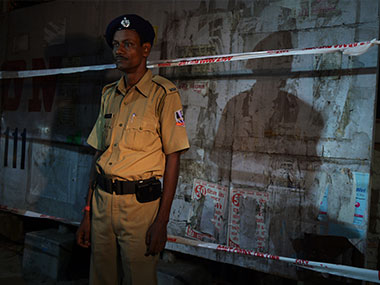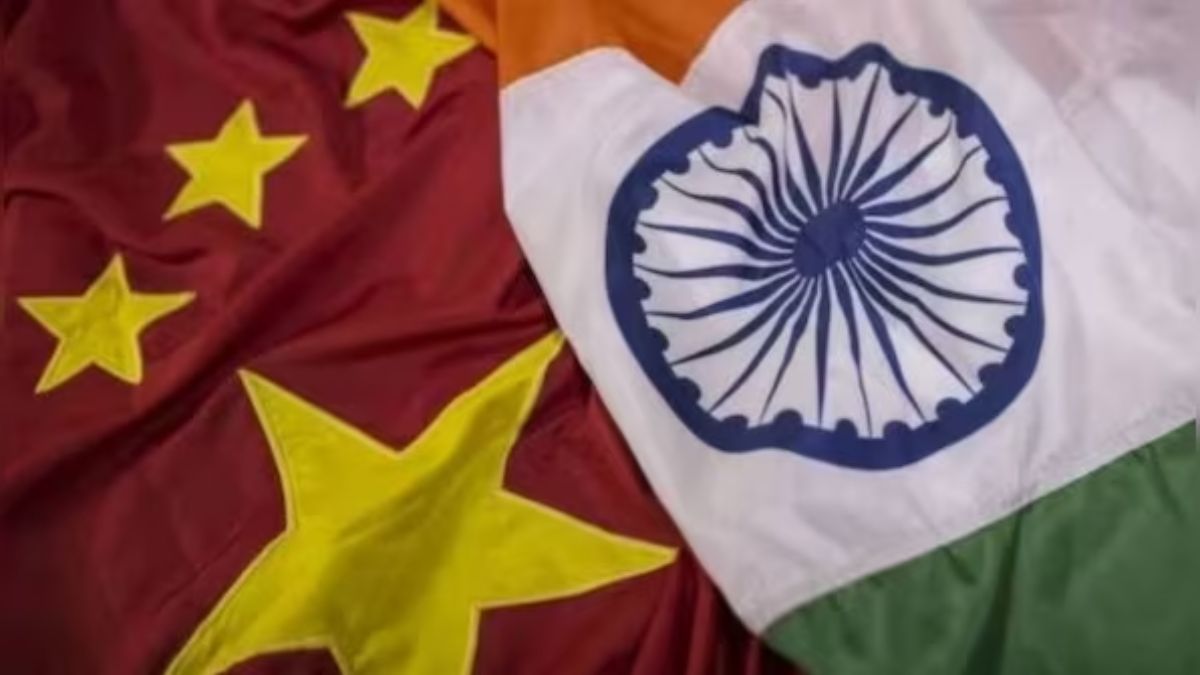Following an “objectionable” Facebook post, communal clashes broke out on 4 July in West Bengal’s North 24 Parganas district.
The situation in West Bengal’s communal strife-torn Baduria in North 24 Parganas district remained tense even as the spat over the clashes continued between Governor KN Tripathi and Chief Minister Mamata Banerjee.
With the clashes threatening to disrupt inter-faith harmony, Banerjee said her government has decided to form peace-keeping forces across the state involving local people and assisted by the state administration and the police.
A police officer said no untoward incident was reported till this afternoon from Baduria, though the situation is tense, adding forces have already been deployed across the entire area and they have cleared road blocks put up by local residents and conducted route marches.
Four companies of BSF personnel (about 400 personnel) have been rushed to Baduria and adjoining areas of Basirhat, Swarupnagar and Deganga to assist the local administration.
Social media was probably the most important factor in spreading the violence in a specific pattern across the districts.
And this was not the first time that social media was used to spread violence across the state.
As this article from October 2016 in The Indian Express points out, right-wing elements associated with both Hindu and Muslim organisations are always ready to fill the gap left by the vernacular media because of their silence on this issue.
Police officers posted at Hazinagar since the communal violence erupted in Naihati in October admitted that it was difficult to completely stop the spread of hate messages through social media. In fact, the officers had then said that they had been dealing with this problem on a daily basis.
The fact that the media tends to avoid reporting the full intensity of communal violence in the state also does not help.
Tension had erupted in Dhulagarh in December last year when two groups reportedly clashed as a procession was brought out in the area. Police had to use tear gas to bring the situation under control when the groups hurled bombs at each other.
As reported earlier by Huffington Post , many journalists in the state, when inquired about this silence, said that there was a school of thought which believed that reporting on communal clashes could lead to further flare-ups.
Lastly, the petty politics being played over the North 24 Parganas violence is only going to worsen the situation.
The public spat between Mamata and Tripathi on Wednesday had degenerated into a bitter fight, with the Trinamool Congress (TMC) accusing the governor of crossing the constitutional line and reminding him that the “Raj Bhavan cannot be the BJP’s office”, drawing a sharp reaction from Tripathi.
The governor had hit back, saying it would be better if the chief minister and her colleagues worked for maintaining law and order instead of accusing him.
Tripathi had also remarked, “It is wrong to say that the Raj Bhavan has become the office of the BJP or the RSS.”
Then, there are articles which state that the Bengal government has many times encouraged appeasement of minorities without offering any real development to them, which leads to recurring violence in the state spread across many districts.
With inputs from PTI


)




)
)
)
)
)
)
)
)